Global Green Bond Market Soars to $65.37 Billion in January, a 67% YOY Growth
The extraordinary surge in green bond issuances in January 2024, as reflected by the Climate Bonds Initiative's records, highlights a significant global momentum in sustainable finance. This leading organization in the field of green bond market tracking has observed an unprecedented 67% increase in global green bond issuances compared to January 2023, amounting to a total of $65.37 billion (or £51.12 billion).
This robust start to the year underscores the financial world's growing commitment to environmental sustainability, with green bonds—funds specifically allocated to finance environmentally beneficial projects and initiatives aimed at combating climate change—leading the charge. Such a positive start is indicative of the market's resilience and the strong investor appetite for opportunities that align financial returns with environmental impact.
Green bonds are designed to fund projects with positive environmental or climate benefits. The majority are "use of proceeds" or asset-linked bonds, where the funds are earmarked for green projects but backed by the issuer's entire balance sheet. This includes various types like revenue bonds, project bonds, and securitized bonds, among others. They're standard bonds with an added green feature, priced similarly to ordinary bonds due to equivalent credit profiles.
The Climate Bonds Initiative's data not only provides a quantitative measure of this growth but also emphasizes the role of green bonds in financing the transition to a more sustainable and low-carbon economy. This trend is expected to continue, supported by increasing regulatory focus on sustainability, investor demand for ESG-compliant products, and a global push towards meeting climate and sustainability goals.
In 2023, the green bond market demonstrated significant growth and resilience as well, with global sustainable bond issuance expected to exceed $900 billion. The year saw a notable increase in sovereign green bond issuance, surpassing the total for 2022 by the first half of the year, and the Middle East reaching new highs with $13 billion in issuance. Despite this, sustainability-linked bonds lagged behind other bond types, with issuance likely not reaching 2022 levels, due primarily to concerns about whether these bonds effectively motivate issuers to set ambitious sustainability targets.
The green bond market's growth in 2023 was particularly led by Europe, with China emerging as a new significant player. Despite a contraction in 2022, the market's recovery was expected to potentially exceed the levels seen in 2021, driven by the transition to sustainable energy and increased investor interest in the sector. This recovery was underpinned by a more favourable environment for green bonds, even as the market adjusted to economic shocks and the realities of renewable energy goals.
Some examples of notable issuances last year:
The Middle East, particularly led by initiatives in the United Arab Emirates and Israel, witnessed a remarkable uptick in green bond issuances, aligning with the region's sustainability goals and the upcoming COP28 in Dubai. The Government of Sharjah's inaugural local government green bond issuance stands out, marking a significant step towards regional environmental initiatives. Similarly, Israel's entry into the sovereign green bond market with a $2 billion issuance underscores the growing commitment to sustainable finance in the region.
Italy emerged as a prominent player in the green bond market, raising $22 billion in the first half of 2023 alone. A significant highlight was a €10 billion issuance in April, which represented the largest green bond issuance globally during that period. This move demonstrates Italy's proactive approach to financing sustainable projects and its significant contribution to the global green finance landscape.
Ecuador introduced a pioneering "debt-for-nature" swap with the issuance of the "Galapagos bond," aimed at funding conservation efforts in the Galapagos Islands. This innovative financing structure involved a strategic buyback and issuance of new bonds, with the resultant savings funneled towards conservation efforts. This case not only provided Ecuador with fiscal benefits but also aligned with the country's sustainability objectives, offering a novel blueprint for other emerging markets to leverage green bonds for environmental projects.
For those interested in a deeper dive into the specifics of these issuances and the broader implications for issuers, contact us at The ESG Institute, where our team of Sustainable Finance experts will be delighted to assist you. Our experts have been involved, for example, in the issuance of the first sterling-denominated sovereign sustainability bond in the world.

